India, with its large population and relatively modest per capita GDP, ranks as the fifth largest economy globally. Our path forward hinges on leveraging our comparative advantages to bridge the per capita GDP gap with upper-middle-income countries and narrow the divide with high-income nations.

To achieve this, ongoing economic reforms and institutional changes will drive per capita GDP growth at a steady 6% to 7% during the 2020s. By 2035, India aims to secure the position of the second-largest economy in the world. Simultaneously, we anticipate becoming the most populous nation.
The challenge lies in expanding and deepening these reforms to enhance the quality of our human resources. We must also capitalize on global trends in politics and economics to sustain rapid growth over the next three decades.
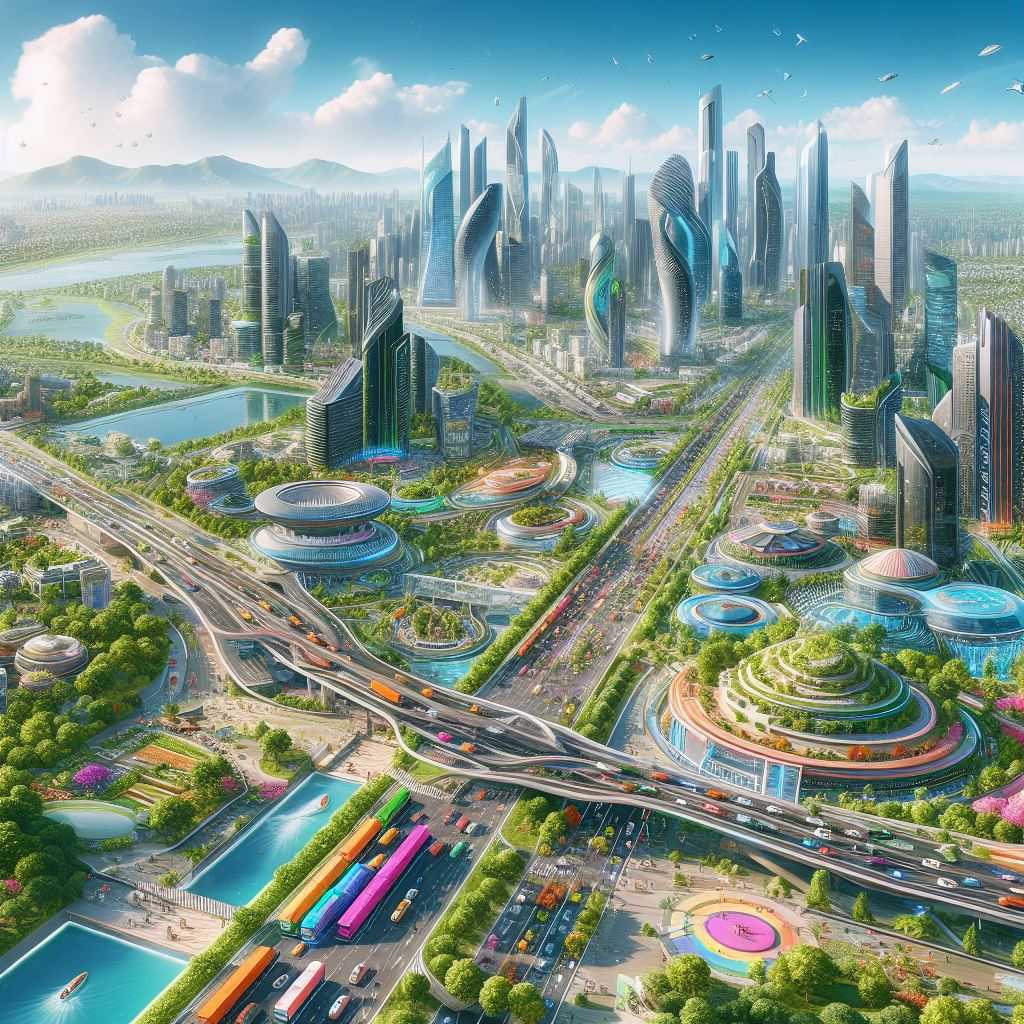
Our vision centers on equality, forming the bedrock for inclusive growth within a free, open, and pluralistic democracy. Demographic shifts, digitization, and de-carbonization will shape our global competitive edge. Over the next 30 years, we’ll witness macroeconomic and structural transformations, paving the way for a knowledge-based economy.

Navigating this journey involves embracing hybrid digital-physical systems that turn our vision into reality. Additionally, we’ll explore key aspects of the green economy and outline India’s geopolitical stance in the world of 2050. Finally, Section 9 outlines essential policy reforms to sustain fast growth for the long term.

What will India look like in 2050? Here, we are going to list some of the points that look promising.
By the year 2050, India will have completed 2050–1947, or 103 years of independence from the British Raj.
World Economy Growth: By 2050, the world economy could more than double in size due to technology-driven productivity improvements, surpassing population growth.
Emerging Markets: Countries in the E7 group (emerging markets) may grow about twice as fast as those in the G7 group (advanced economies) on average.
Projected Economies: In 2050, six out of seven of the world’s largest economies are expected to be emerging economies. India and Indonesia are the next two countries after China.
Changing Rankings:
The US might drop to third place in the global GDP rankings.
The EU27 (European Union) could have a share below 10% of world GDP.
The UK may fall to 10th place.
France won’t be in the top 10, and Italy will be out of the top 20.
Challenges for Emerging Economies: To achieve long-term growth, emerging economies must strengthen institutions and infrastructure.
India, currently the world’s fifth-largest economy, is expected to become the third-largest economy before 2030 and the second-largest by 2050.
Our country’s demographic dividend (young population) will boost consumption and contribute to rapid growth.
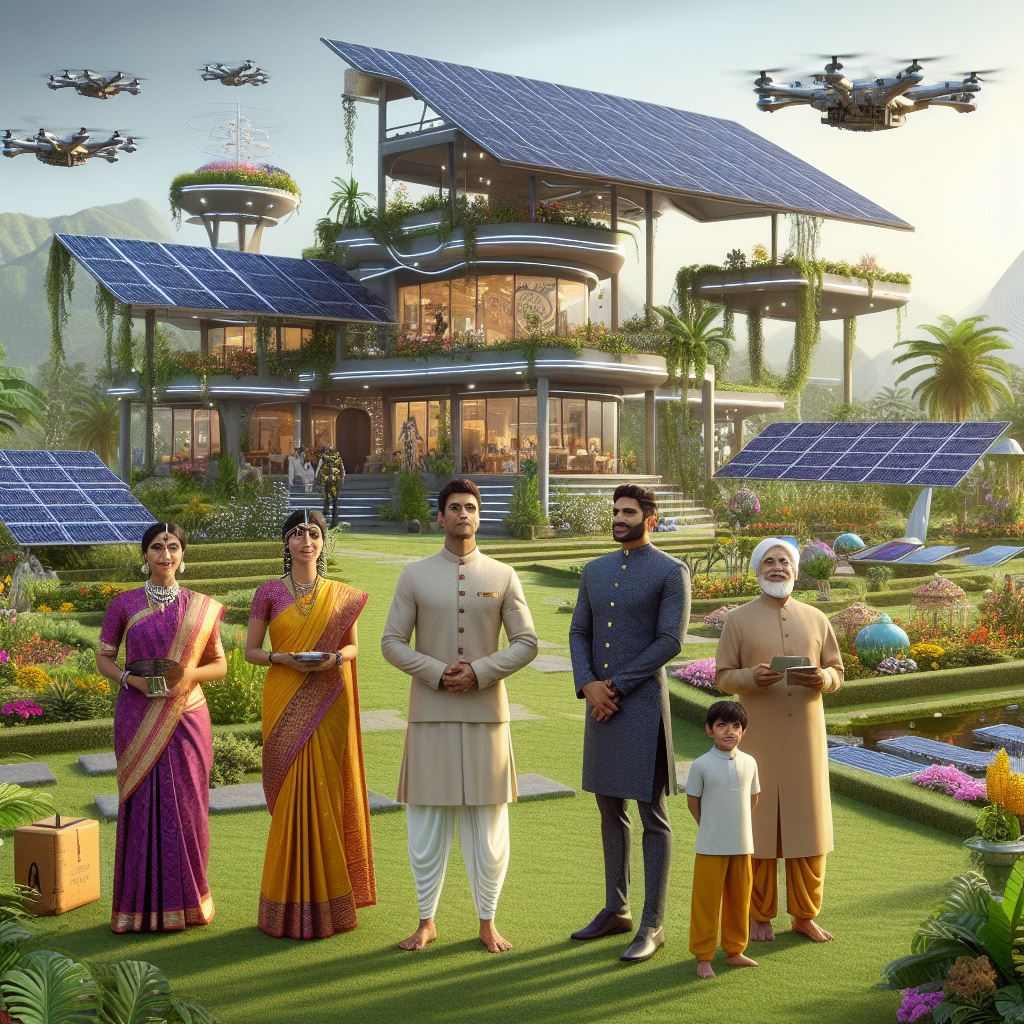
Even in 2050, India’s median age will be just 38 years.
The population is projected to grow by about 15% to reach 1.6 billion people.
Per capita income will increase significantly by over 700% to around $16,000.
Considering purchasing power parity, this per capita metric will be 3 to 4 times higher.
After gaining independence, India achieved its first trillion dollars of GDP in 58 years, the next trillion in 12 years, and the third trillion in just 5 years.
Within the next decade, India is likely to add a trillion dollars to its GDP every 18 months.
By 2050, we could be a $25-$30 trillion economy, with a stock market capitalization exceeding $40 trillion.
The Indian economy will be the second-largest economy after China, surpassing the USA.
By the year 2050, India’s brain drain problem will completely stop, and students from prominent institutes like IIT will no longer go outside India to find jobs. Also, the trend will reverse in India’s favor, and many foreign students from so-called developed countries will come to India for studies.
By that time, Indian entrepreneurs and VCs will become more intelligent and risk-takers and will invest their money and time in more innovative companies than in eCommerce and ride-sharing. They will invest in AI, robotics, and sustainable development.
India will have world-class roads. Indian roads will be quite durable because, by that time, 90% of them will be made of plastic. These plastic roads will reduce India’s plastic problems, and India will look more clean and green.
India will have more electric cars than diesel and gasoline cars. The Indian government has started producing ethanol, and by the year 2050, 90% of vehicles will either run on ethanol or batteries. Thus reducing India’s dependence on oil. Finally, India will import less oil from Iran, Saudi Arabia, and Venezuela.
India is already working on vehicles running on hydrogen fuel; by the year 2050, hydrogen will be the most common fuel used in cars, trucks, and buses.
Self-driving cars will be a normal thing. Self-driving technology will have matured by that time, and many Indian companies will adopt this new technology. Special corridors will be made for self-driving cars, which will have a zero-road accident record. And most of these cars will run on hydrogen fuel.
India will have a separate highway corridor for self-driving trucks that will run at a speed of more than 200 km/h. These self-driving trucks will be autonomous and mostly run on solar power, batteries, or hydrogen. Trains and stock cars will transport 90% of the goods.
India will have the largest number of Internet users after China. By that time, India will have the highest Internet speed in the world. Thanks to JIO Fiber. JIO will be the single largest Internet service provider in India, replacing Airtel. Vodafone and Idea will shut down their businesses. Airtel and Jio will be the two dominant players in the telecom market.
Indian internet users will already start using 8G internet services. By the year 2030, India will have 6G internet services.
India’s tourism industry will be larger than the economies of neighboring countries like Sri Lanka, Bangladesh, Pakistan, and Nepal combined. More and more people will visit India than ever before due to developments in infrastructure, safety, cleanliness, and culture.
India will have hundreds of world-class, eco-friendly air ports by the year 2050.
India will have more engineers than the entire world combined. Indian engineers will no longer be fascinated by working at Microsoft or Google, but they will finally create something new themselves.
Indians will use AI assistants and robots in their day-to-day activities.
By 2050, India will have it’s own trillion-dollar companies. These companies will be product companies. Indians will finally be able to create product companies due to the increase in wealth and influence around the world.
People will get something new called free basics from the government.
The free basics will include housing, food, health, education, and a monthly basic allowance for every family except the ultra-rich.
By the year 2050, food, health, and education will be free for everyone. The divide between the rich and the ultra-rich will be wider. There will be no poor people; there will be only rich and ultra-rich people. The ultra-rich will disparage today’s rich people as being poor.
Every individual will get a free laptop, smartphone, and other electronic gadgets because demand for electronic gadgets will go down, so the price will become zero, and the government will distribute these gadgets for free with a scheme like “Pradhan Mantri Digital India Seva.”
Companies will give electronic gadgets away for free and will make money from advertisements and sponsored apps.
China will ship the majority of the free electronic devices worldwide. But finally, India will give tough competition to these Chinese tech giants due to their huge labor power and abundance of good engineers in the country.

Public transport will become more advanced and complex. Many car companies will shut down their businesses. Only some will survive, but electric autorickshaws will dominate as always because Indians love riding autorickshaws.
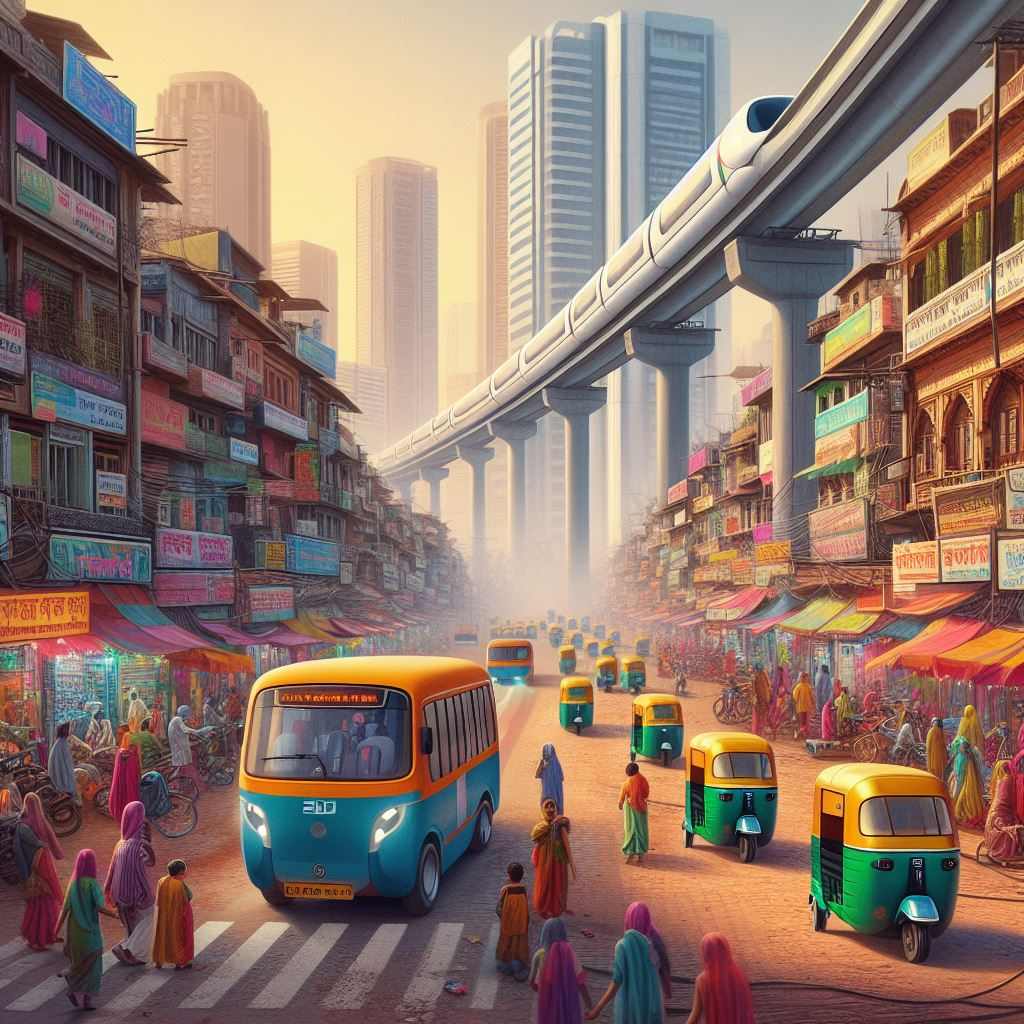
India’s population will increase until 2030 and will seize by 2050 due to public awareness and an increase in literacy rates. By that time, India’s literacy rate will be between 90 and 99 percent.
Most of the universities will shut down their businesses because education will become free and degrees won’t matter by that time. Only a few universities, like IITs, will survive. 99 percent of companies will hire based on skill and not on degree, so very few people will go to university. This hiring of fresh candidates will be done with the help of AI.
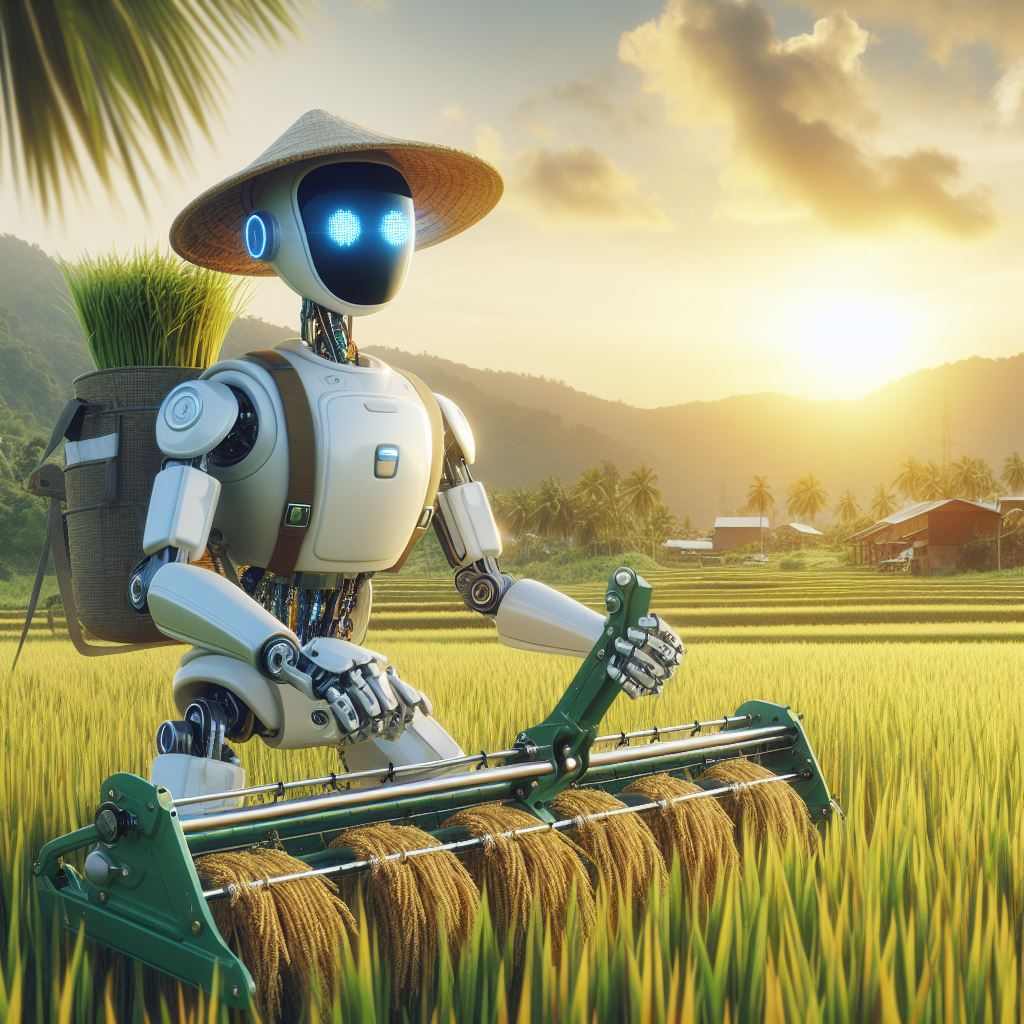
By the year 2050, robot farmers will be doing the majority of India’s commercial farming. This will result in a significant decrease in food prices, making them negligible or even free.
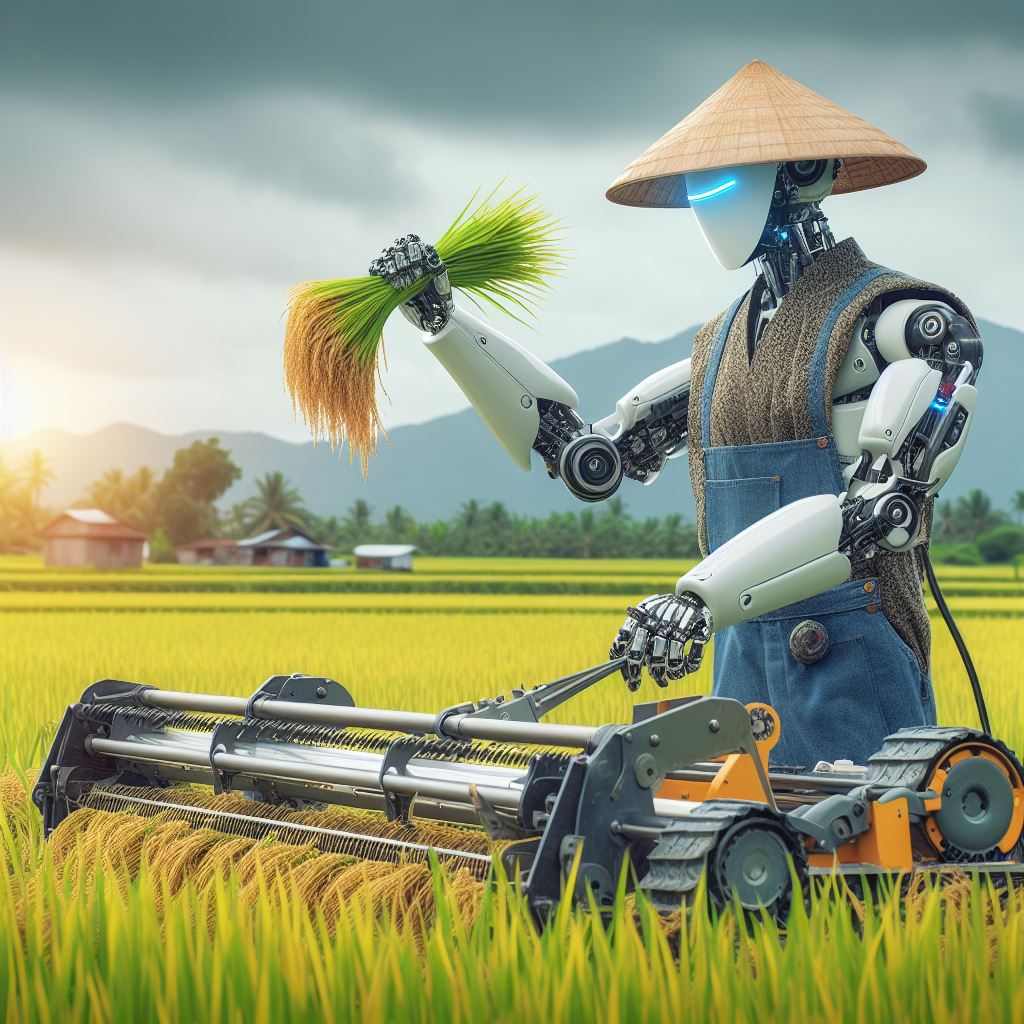
The newly impoverished in India will be those who take advantage of the free basics.
India will be a much more powerful country than all of it’s neighbors and their neighbors combined, except China.
India’s 100 smart cities plan will be a real thing. By the year 2030, India will spend huge amounts of money on smart cities. Rich people from congested, polluted, and crowded cities will move to these smart cities.
Pakistan will finally stop sending terrorists to India due to it’s high-tech borders guarded by Ariel robot snipers, who will conduct surgical strikes almost every day.
Pakistan will remain a weaker country due to it’s religion’s obsession with science and technology, which will never let Pakistan grow.
Pakistan will face the next 30 years of civil war due to it’s army taking over the country and interfering in internal matters of the government and public opinion. The Pakistani army will try to overtake the Pakistani civil government to establish army rule in Pakistan.
India will have a stable government because of democracy, citizen awareness, and an increase in the literacy rate.
People will no longer fight for religion, caste, or reservation in India.
India will have almost 500 billionaires, with a few trillionaires.
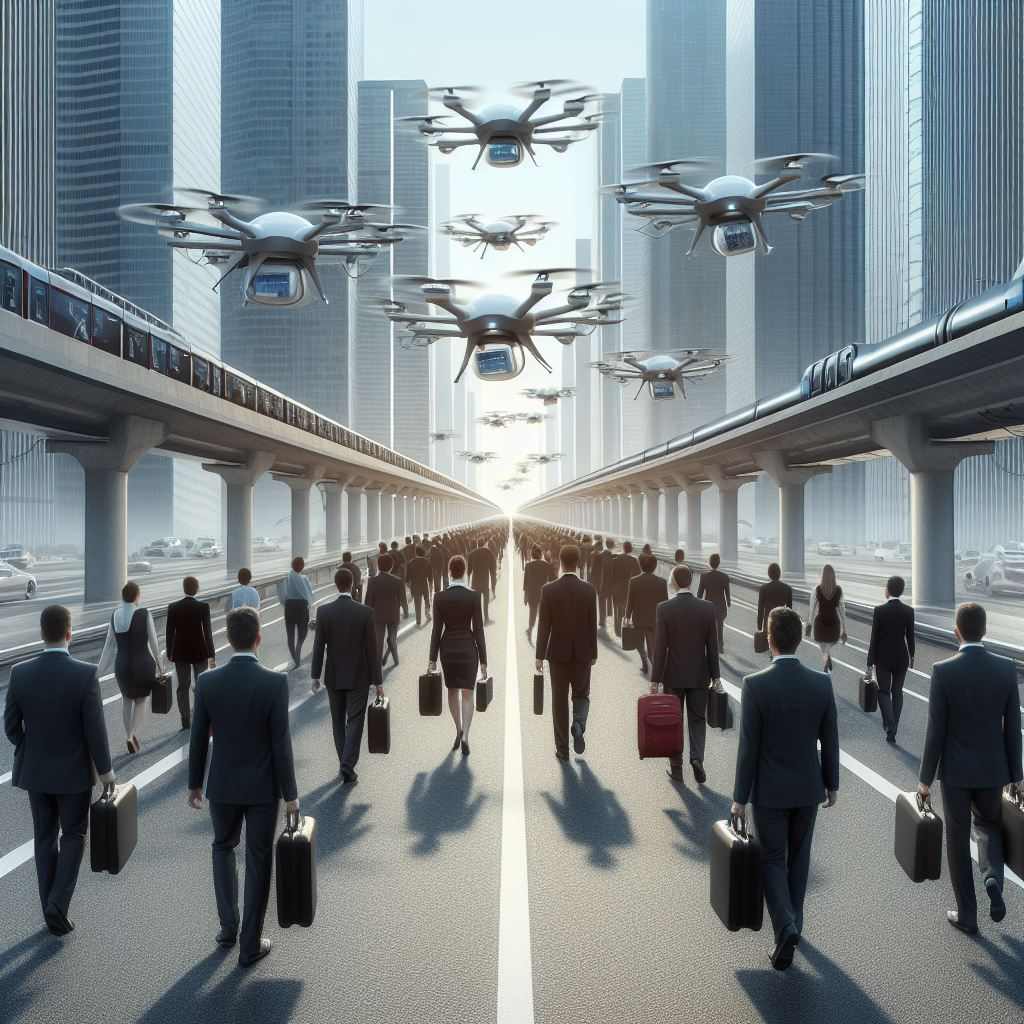
More than 1/3 of the population will be jobless and have nothing to do when robots take over the majority of the nation’s jobs, but they will survive thanks to the government’s provision of free essentials and free basics.

Only intelligent people will perform smart jobs and work in high-tech-related sectors.
The drone corridor will be a real thing where drones will replace commercial flights and transport people faster than today without colliding with each other. Drone ports will be fully automated.
By 2050, India will also have the world’s second-largest army with fully automated drone fighters and drone snipers.
People will live in peace and harmony, and life spans will increase due to clean air and cheap treatment of almost all diseases.
India will have the largest number of high-rise buildings in the world after China and the USA
India water interlinking project will be completed by that time and areas of Assam, Bihar, and Bengal will no longer face frequent floods.
BJP will be the single largest party in the country and congress will be replaced by some new emerging party.
Finally, by 2050, Indian exports will be greater than imports, and India will no longer face the problem of trade deficits.
E-commerce goods will be delivered in 5 minutes due to the special goods delivery pipeline.
Some of the animals will go extinct, and natural disasters like tornadoes, thunderstorms, and droughts will be frequent. The only threats to human survival will be natural disasters and climate change.
Cutting down trees and killing animals will put people in jail.
Hindi will be the new English for Indians.
References:
https://egrowfoundation.org/research/india-vision-2050/
https://www.pwc.com/gx/en/research-insights/economy/the-world-in-2050.html

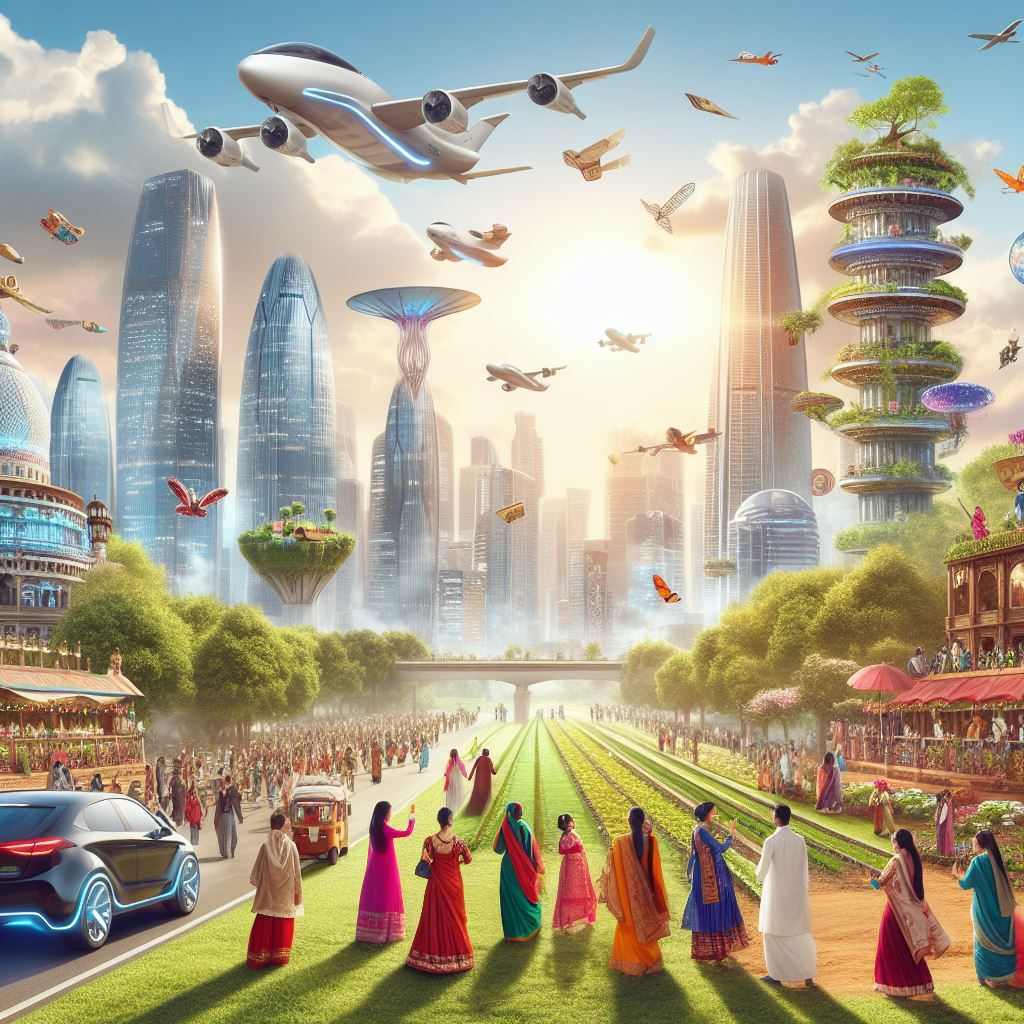



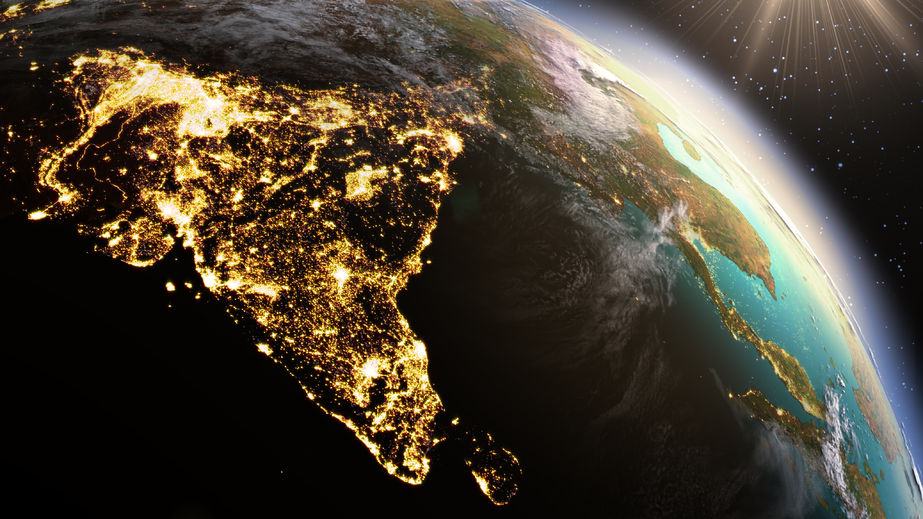
What a nice article
i think it cant be possible by 2050
Yaa.. some of them might take 2080, but world is advancing so fast that 30 years is more than enough for any drastic change.
Ho sakta h par hame nature ka bhi khyal rakh na hoga
Ye kon BJP ka IT cell wala Likha hai
Chutiya
By 2050 we will be in deep shit due to environment issues and many more unknown issues
bhag chutiya chamcha
Super
With all due respect to the country, this is messed up. What regard of international peace, social justice and secularity does this view present? It is dystopic at worst, a capitalist and technology driven society at best, both with utter disregard of the environment, the water crisis, climate change and religious fanatism that is highly probable to emerge with the vision that is described. I hope that such a future does not become a reality.
yah!!!!!!!!!!!!!!!!!!!!!!!!!!!!!!!!!!!!!!!!!!!!!!!!!!!!!!!!!!!!!!!!!!!!!!!!!!!!!!!!!!!!!!!!!!!!!!!!!!!!!!!!1
I m amazed😂😂😂
This is a nice article
Nice one
44th is not possible at all…heh heh
we have to beat china & become number one country in the world in terms of safety, development, Space research and no dependent with other country.
End…
Tamil will be the new English for the indians😈
Hindi will be the new English for the Indians 😈
Tamil will be the new English for the indians😈
Tamil will be the language for indians.
GOOD BRO…
ENGLISH WILL BE THE NATIONAL LANGUAGE
BJP WILL BE THE ONLY PARTY IN INDIA
INDIA WILL STOP ITS IMPORTS FROM CHINA
INDIA WILL BE THE WORLD’S LARGEST E-COMMERCE , IT HUB , TOURISM COUNTRY IN THE WORLD
BY THE BY……… NICE ARTICLE……
GDP/CAPITA WOULD BE THE HIGHEST IN INDIA
GREAT BRO…
GREAT
This is a good essay for student